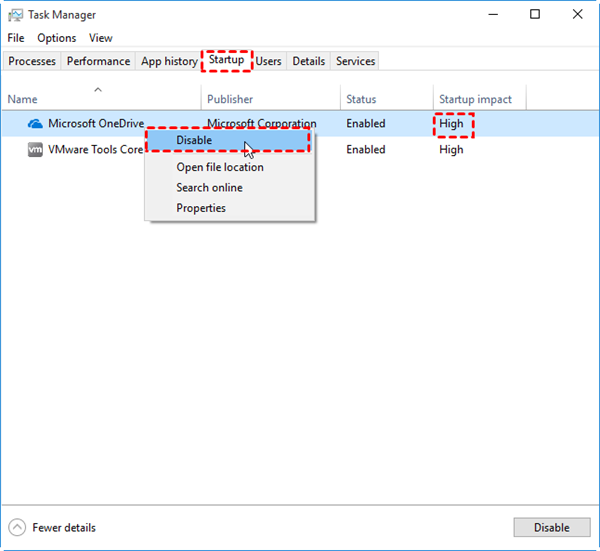

Peripheral devices connecting to the laptop are causing the issue.The black screen is caused after Windows 10 update or BIOS update.The system hard disk runs into a problem suddenly.The brightness setting or power setting is not correct.Software or hardware compatibility issue occurs.The system file or driver is corrupted.The display is not or can't be properly connected.The connection cable is loose or disconnected.

The ASUS laptop black screen is usually the result of the following factors: But no need to panic this is not an insurmountable problem most of the time. You can find your ASUS laptop black screen with cursor/on startup/after login/after sleep/after an update or when the fan is still running. Others said their ASUS laptop screen goes black randomly while working on it.Some people said their ASUS laptop won't turn on and they finally get a black screen.When will your ASUS laptop screen become black? Nobody wants to run into a black screen, but the reality is we have to face this problem sometimes. The laptop screen black during startup or while you’re working on it is very annoying it prevents you from entering the system successfully or stops what you’re doing forcibly. Please click on the download button below to get a powerful recovery program or go to the home page to pick the tools you want when necessary (backup software, disk manager, video converter, etc.).įree Download Why Do You See an ASUS Laptop Black Screen This can save you from a lot of unnecessary trouble: for instance, data loss. You can find the BIOS firmware and flash tools on the manufacturer’s website.Tip: You’d better form a habit of backing up the system or important data on your laptop at fixed periods. Even if no update is available, just reflash the current version. If resetting the BIOS didn’t work, try updating it. Just google how to reset BIOS for your laptop model, you’ll find tons of how-tos. You can access BIOS settings when the laptop boots by pressing specific keys (commonly Esc, Del, F12, F2, etc). So it’s always a good idea to reset BIOS settings. A badly configured BIOS can be a potential reason your laptop runs slow when plugged in. Some laptops include power management features in the UEFI/BIOS. Frankly speaking, the software turns on your laptop and starts the OS when you push the power button. UEFI or BIOS is a piece of software that performs hardware initializations.

Do the same for “Microsoft ACPI-Compliant Embedded Controller”, if you see it in the device list.


 0 kommentar(er)
0 kommentar(er)
